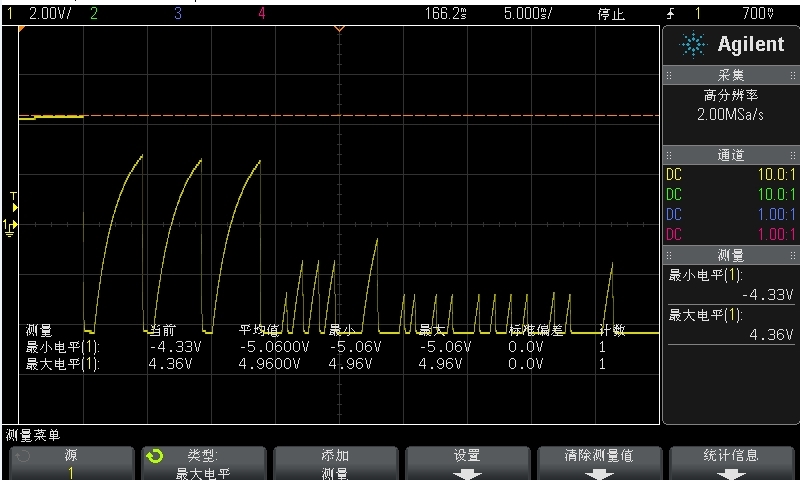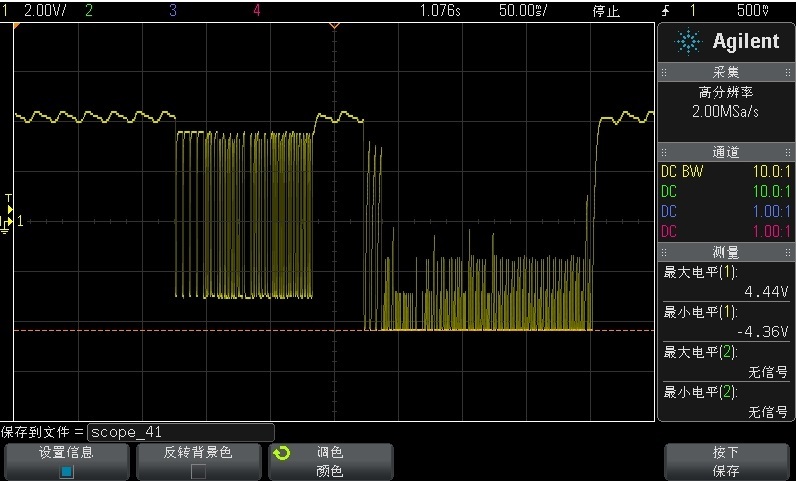Hello Team,
My customer has been using SN65LBC182 in their China southern grid type II concentrater project.
Recently they have reported that out LBC182 has failed to take more then 40 load units on the bus. When the load units on bus are more than 40, LBC182 can pull below 0V.
Do we have any alternative to replace MAX13085 which has large output current?
Below is customer schematic. The pull up and pull down on load unit side is 20k.
Thanks and best regards,
Victor







